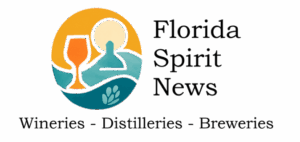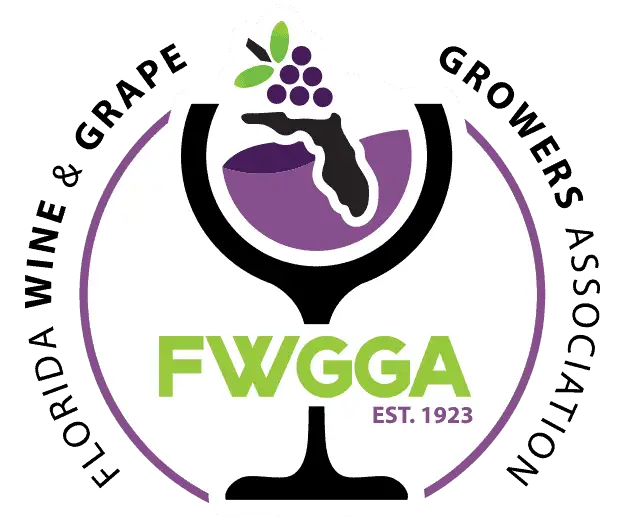Historic Caribbean pirates, figures often romanticized in popular culture, had a complex relationship with alcohol. The harsh realities of life at sea, the nature of their illicit activities, and the readily available spirits in the Caribbean all contributed to the prevalence of drinking in pirate society. While rum is the drink most famously associated with pirates, their consumption was more varied and the social implications of drinking were significant.
Types of Alcoholic Drinks Consumed
While the iconic image of a pirate swigging from a bottle of rum is pervasive, their alcoholic repertoire was broader, influenced by availability, captured goods, and regional production.
Rum: The Quintessential Pirate Drink
Rum, a spirit distilled from sugarcane byproducts like molasses or sugarcane juice, became increasingly prominent during the Golden Age of Piracy (roughly 1650s to 1730s). The Caribbean was the epicenter of sugarcane cultivation and, consequently, rum production. Initially, this spirit was a coarse, potent beverage, often referred to by names like “kill-devil” or “rumbullion.” Barbados and French Martinique were early centers of rum production, starting in the early to mid-17th century. The process involved fermenting molasses or sugarcane scum (the impurities skimmed off during sugar boiling) mixed with water, and then distilling it. Often, a double distillation was performed to create a stronger spirit, moving from “low-wines” to “high wines” or rum. Its advantage was that it was made from the waste products of the lucrative sugar industry, making it cheap and plentiful in the Caribbean. As pirates frequently operated in these waters and raided ships carrying goods from the region, rum became a common spoil of piracy and a staple drink.
Punch: A Popular Concoction
Punch was another highly favored drink among pirates and sailors of the era. It was a mixed drink, likely one of the earliest internationally popular cocktails. Its origins are somewhat debated, with some theories pointing to India, but it was certainly popularized by English sailors and traders, particularly those associated with the East India Company, in the 17th century. The name itself has various etymological theories, with one suggesting it derives from the Hindi word “pāñč” (five), referring to its traditional five ingredients. However, recipes varied. The core components generally included: an alcohol base (often arrack, brandy, or rum, sometimes a combination), citrus juice (lime or lemon), water, sugar, and spices (commonly nutmeg or ginger). Sometimes, toasted biscuit was even included. Pirates would have made punch with whatever ingredients they had on hand, often from captured supplies. It was a social drink, typically prepared in large bowls and shared among the crew.
Wine and Brandy
Before rum became ubiquitous in the Caribbean, and even alongside it, pirates also consumed wine and brandy. These were common alcoholic beverages in Europe and were frequently part of the cargo on ships traversing the Atlantic. Spanish ships, for instance, often carried wine and brandy, as Spain, influenced by its domestic producers, did not initially encourage the production or sale of colonial rum. Therefore, when pirates captured such vessels, wine and brandy would be part of the plunder. Historical accounts of pirates like Captain Henry Morgan, who operated in the mid-to-late 17th century, suggest that his spoils would have more likely included wine and brandy than the cruder rums of the earliest period.
Beer and Ale
Beer and ale were also consumed, though they were less stable for long sea voyages compared to spirits. Water stored in casks would quickly become foul, and beer or ale provided a safer, albeit still perishable, alternative for hydration and caloric intake. However, their bulk and tendency to spoil made them less practical for pirates on extended cruises compared to concentrated spirits like rum or brandy, which could also be diluted.
Preparation of Drinks
The preparation of these drinks by pirates was often rudimentary, dictated by the conditions aboard a ship and the ingredients at hand.
Rum was typically consumed neat (undiluted) or mixed with water. The practice of mixing rum with water later became institutionalized in the British Royal Navy as “grog” (rum diluted with water, sometimes with lime juice and sugar added) to control drunkenness while still providing a daily ration. Pirates, not bound by naval discipline, might have been less concerned with precise dilution, but mixing with water would have been common to make supplies last longer and to make the harsh, early forms of rum more palatable.
Punch preparation was a more communal activity. Ingredients would be mixed in a large bowl. The process involved combining the spirit(s), citrus juice, sugar (often unrefined), water, and spices. The exact proportions would vary wildly based on availability and taste. The communal nature of punch drinking was part of its appeal.
Wine and Brandy were generally consumed as they were found, directly from casks or bottles obtained through plunder.
Social Significance of Alcohol
Alcohol played a multifaceted role in the social fabric of pirate crews.
Morale and Escapism: Life as a pirate was dangerous, uncertain, and often brutal. Alcohol served as a means of escapism, a way to temporarily forget the hardships and dangers. It was used to celebrate victories, to mourn losses, and to simply pass the time during long voyages. The infamous pirate Blackbeard, for example, was noted for his heavy consumption of rum, sometimes reportedly mixed with gunpowder for dramatic effect, and his ship’s log allegedly noted that when rum ran out,
company was somewhat sober, leading to ‘a damned confusion’. Replenishing the rum supply restored order and ‘hot, damned hot’ spirits.
Social Bonding and Cohesion: Drinking was often a communal activity that fostered camaraderie and solidarity among crew members. Sharing a bowl of punch or passing around a bottle of rum could help to build bonds in a diverse group of men often brought together by circumstance. Pirate articles (codes of conduct) sometimes even regulated the consumption of alcohol, particularly concerning when and how it could be consumed, to maintain some order, though these rules were often bent or broken.
Recruitment and Reward: The promise of plentiful alcohol could be an enticement for recruitment. Captured alcohol was also a significant part of the plunder, distributed among the crew as a reward for successful raids. This immediate gratification was a powerful motivator.
Courage and Aggression (Dutch Courage): In some instances, alcohol might have been consumed before battles to bolster courage or fuel aggression. However, excessive drunkenness could also be a liability, impairing judgment and combat effectiveness.
Currency and Barter: In the loosely regulated economies of pirate havens, alcohol, particularly rum, could serve as a form of currency or an item for barter.
Health (Perceived and Actual): While the long-term health effects of heavy alcohol consumption were detrimental, in the short term, alcoholic beverages were often seen as safer to drink than potentially contaminated water supplies on long voyages. The addition of lime juice to drinks like punch or grog also inadvertently helped prevent scurvy, although the direct link to Vitamin C was not understood at the time. However, the overall impact of rampant alcoholism on pirate health was likely negative, contributing to accidents, violence, and long-term illnesses.
In conclusion, while rum holds a prominent place in the legend of Caribbean pirates, their drinking habits encompassed a variety of alcoholic beverages, including punch, wine, and brandy. The preparation was often simple, dictated by the resources at hand. Socially, alcohol was deeply ingrained in pirate life, serving as a source of pleasure, a tool for social bonding, a reward, and a coping mechanism for the brutal realities of their existence, though its abuse also brought significant problems.
References
- Piratesurgeon.com. (n.d.). Golden Age of Piracy: Booze, Sailors, Pirates and Health, Page 10. Retrieved May 7, 2025, from https://www.piratesurgeon.com/pages/surgeon_pages/booze10.html
- Piratesurgeon.com. (n.d.). Golden Age of Piracy: Booze, Sailors, Pirates and Health, Page 11. Retrieved May 7, 2025, from https://piratesurgeon.com/pages/surgeon_pages/booze11.html
- Master of Malt. (2024, May 16). Why did rum become associated with sailors and pirates? Retrieved May 7, 2025, from https://www.masterofmalt.com/blog/post/why-did-rum-become-associated-with-sailors-and-pirates.aspx/?srsltid=AfmBOoqDqQ5s9Y7CHNbIVApLmKTcgdPrRIgxfxv1jJoBMNKxzIYIQMQy



